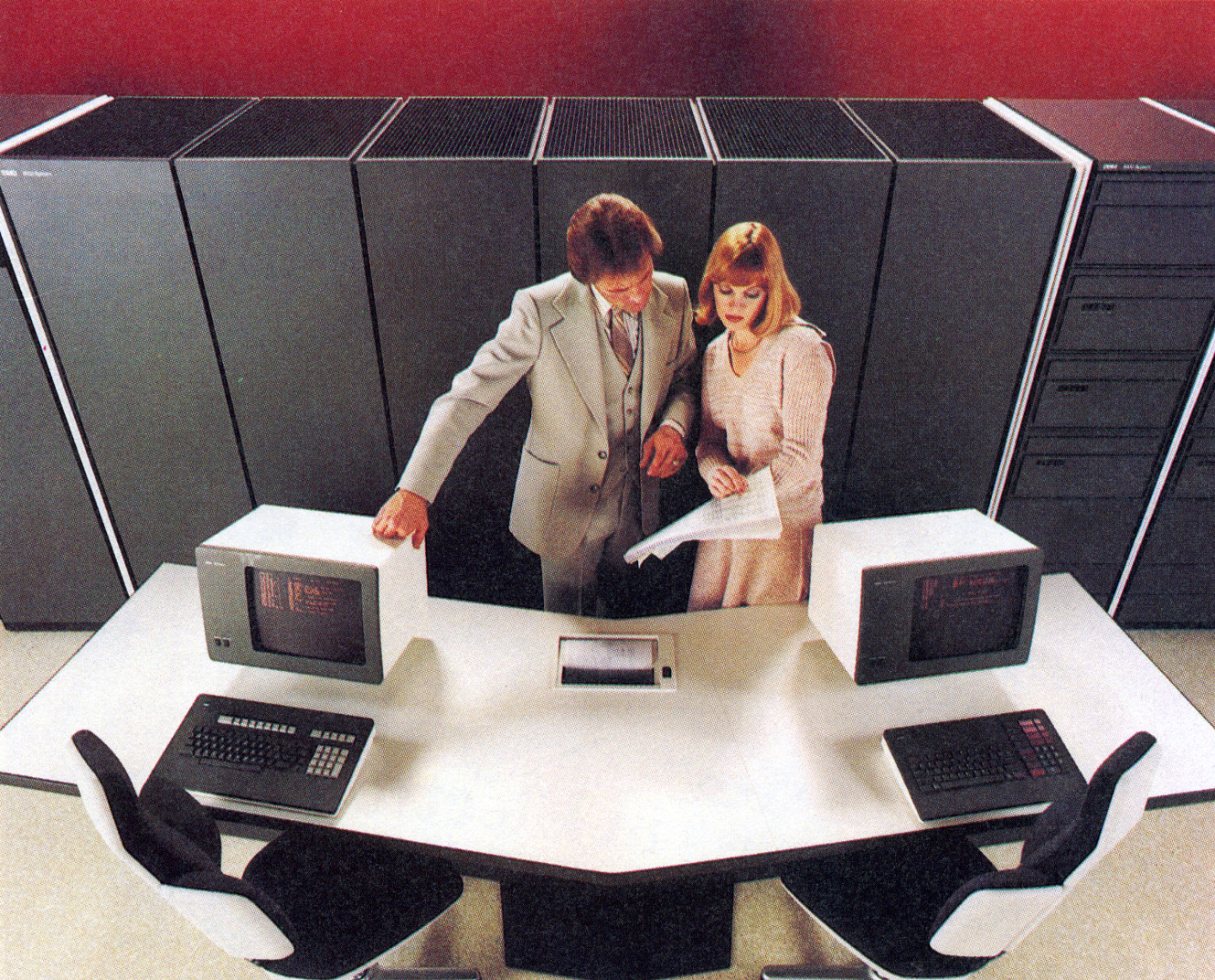The mainframe persists as a critical technology that’s remained uncannily vital over its first five decades—a truly extraordinary feat, former IBM executive Irving Wladawsky-Berger wrote April 20 in the Wall Street Journal’s CIO Journal.
Despite naysayers that proclaim the mainframe’s demise, it persists as crucial platform for efficiently processing massive amounts of information and promoting innovation.
Wladawsky-Berger, former vice president of technical strategy and innovation at IBM, said his career evolved alongside the mainframe, which was announced during his sophomore year at the University of Chicago. He worked part-time in a lab that used IBM computers and performed many of the calculations related to his doctoral studies on System/360 before officially joining IBM in 1970.
So, too, has the mainframe has the mainframe adapted to the changing technology landscape, offering a continually reliable platform within a volatile industry, he wrote. Key to this has been the common architecture that unites every mainframe, whether on the low or high end of the spectrum.

Photo Credit:sarcoptiform via Compfight cc
Wladawksy-Berger wrote:
It’s a remarkable tale of longevity in one of the most competitive industries in the world. It shows that given the proper investments, commitment to innovation and management focus, a company’s core assets can be a source of competitive advantage and financial returns well into the future.
The support of user groups like SHARE—which has been around longer than the mainframe itself—is inextricably linked to that long-term success. At its core, SHARE promotes collaboration and education, all of which enable its members to be strong advocates and influencers within the enterprise IT community.
That influential heritage drives the mainframe forward, and as it enters its sixth decade, SHARE is right by its side, fostering the next wave of innovation.